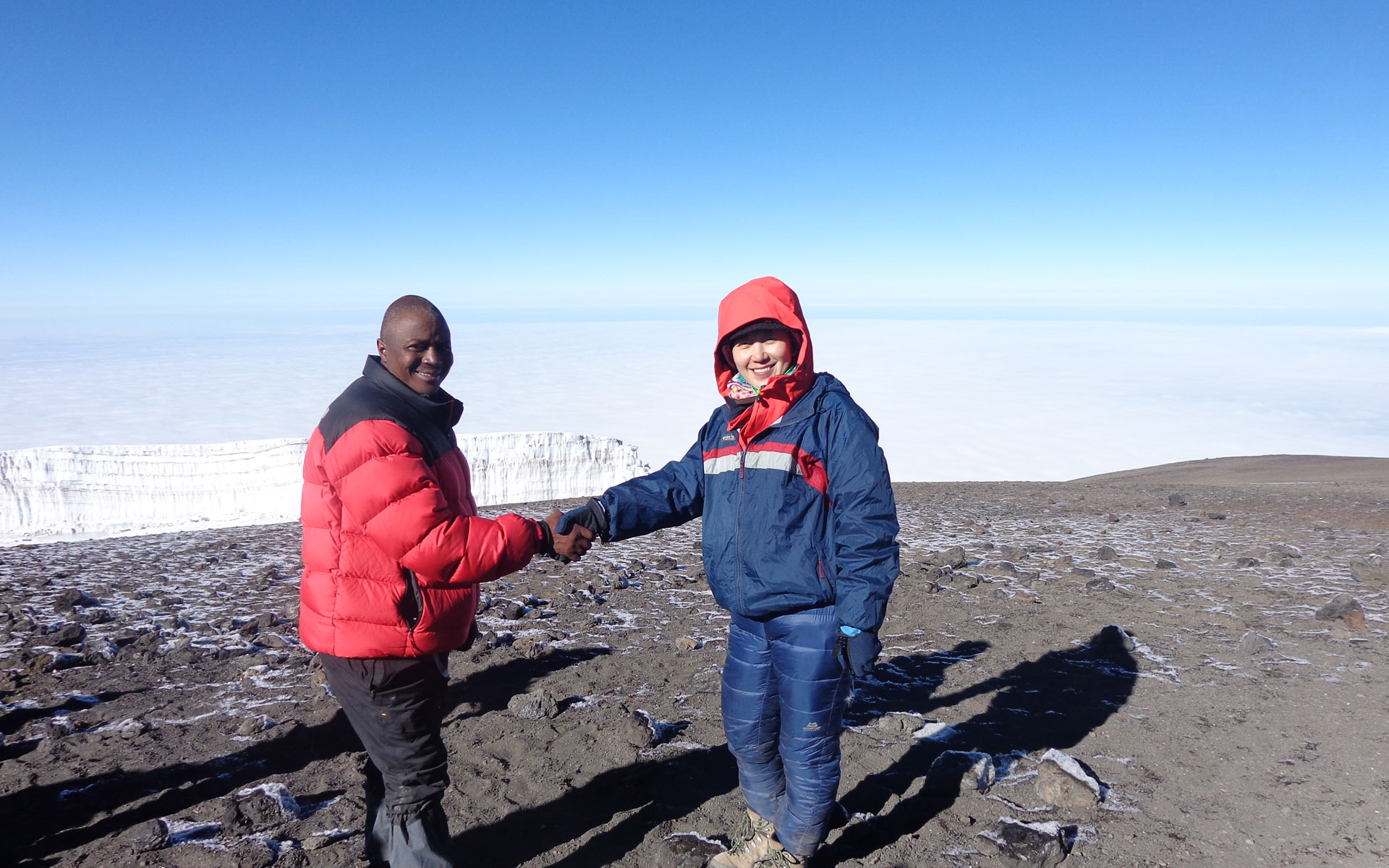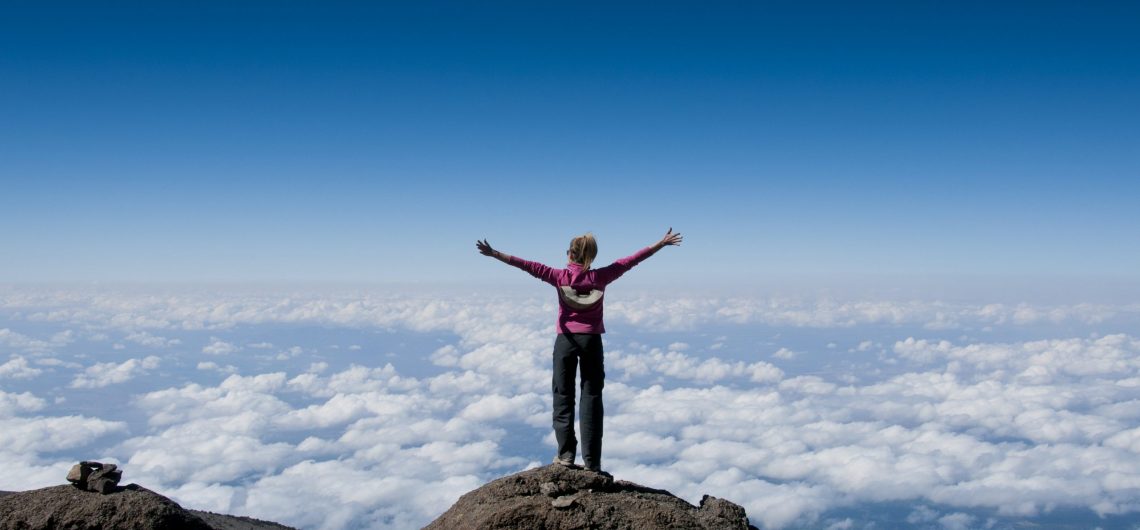First and foremost, it is important to note that climbing Kilimanjaro without a guide is not allowed.
In 1991, the Tanzanian government and the Kilimanjaro National Park Authority updated their policies to prohibit unsupported treks on Mount Kilimanjaro. The regulations mandate that all trekkers must be accompanied by a registered and licensed guide.
While this may be disappointing for those hoping to climb Kilimanjaro independently, there are numerous benefits to climbing with a professional team. Having a guide not only enhances your safety but also significantly increases your chances of reaching the summit successfully.

Why Can’t I Climb Kilimanjaro Without a Guide?
The Tanzanian government has several compelling reasons for prohibiting solo climbers or self-organized groups from ascending Mount Kilimanjaro. Here are the main ones:
Safety
The primary reason for requiring a guide and support crew on Kilimanjaro is to ensure your safety.
A registered operator provides all the necessary gear to keep you warm, well-fed, and hydrated throughout the climb. Guides are trained in first aid and are adept at monitoring altitude sickness symptoms. Read more.
With their extensive experience, guides can quickly differentiate between normal reactions to altitude changes and more serious symptoms. They offer advice on managing these symptoms and carry oxygen bottles for emergency situations.
Guides also help trekkers maintain a slow and steady pace, which is crucial for proper acclimatization. Rushing can lead to serious health issues, regardless of physical fitness.
Comfort
The Kilimanjaro trekking industry has evolved significantly due to competition among local operators striving to provide the best experience at the lowest possible price. This has led to more organized and comfortable camps.
In the past, hikers carried their own supplies and often slept in caves. Today, porters handle most of the load, allowing guests to arrive at pre-pitched tents, enjoy hot meals, and even have private bathrooms. While this may seem excessive to those accustomed to more rugged trekking, it serves an important purpose. A more comfortable camp and a lighter backpack mean you can conserve your energy for the most challenging part of the climb: summit night.
Local Income
A major reason for restricting solo or self-organized climbs on Kilimanjaro is financially motivated.
The Kilimanjaro trekking industry supports the livelihoods of many Tanzanians, including those working as porters, cooks, guides, and office staff. Thousands of families in the Moshi and Arusha areas depend on the mountain for their income. The regulation of hiking activities ensures that local operators treat and pay their staff fairly, which has been an issue in the past.

Without tourists, the local economy suffers, as was painfully evident during the COVID-19 pandemic when many were left unemployed.
Cost Implications of a Guided Kilimanjaro Hike
For each hiker, multiple porters are hired to carry tents, food, belongings, and other gear. The average ratio of trekkers to support crew is:
- 1:4
- 2:8
- 3:12
- 4:16
Some tour operators offer lite versions with smaller support crews, requiring trekkers to carry more of their own gear (up to 12 kg).
Trekkers also need to pay substantial park entrance fees to climb Kilimanjaro, ranging from $800 to $1,200 (including 18% VAT) depending on the route and number of days on the mountain.
The combination of a mandatory guide with a full support crew and the park entrance fees means that an average 7-day Kilimanjaro trek costs between $1,600 and $3,000 (including transfers). Operators offering treks under $1,500 are likely cutting corners and not paying fair wages to their staff.



0 Comment